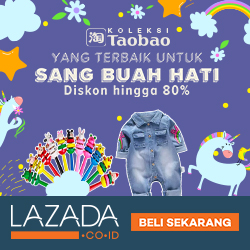Melamine is a chemical used in a variety of manufacturing processes including plastics factory for cutlery and kitchen equipment, coating cans - and the remains mixed with food without causing health problems, but dangerous in large quantities.
The maximum amount of melamine permissible in milk powder for infants is 1 mg / kg and the maximum number of allowed chemicals to other foods and food animals is 2.5 mg / kg, based on new regulations of the United Nations Commission on Food Standards, Codex Alimentarius Commission, thus press releases Organization World Health Organization (WHO), July 6, 2010.
"Determination of the maximum level is helping the government to distinguish between low levels of melamine that does not cause health problems, and prevent counterfeiting, deliberate - to protect public health without inhibiting international trade" said Martijn Weijtens, Chairman of the Codex Committee. Although not legally binding, this new restriction allows countries to reject the permit imports of products with excessive levels of melamine.
Food Standards Commission Meeting was attended by 500 delegates from 130 countries. Other decisions taken are:
Healthy size for vegetables and seafood are healthy, fresh and safe
Fresh and leafy vegetables are part of a healthy diet and grow in a variety of conditions that are marketed in local and global levels to provide consumers the availability throughout the year. This product moves from farm to table, which can be contaminated by pathogens such as salmonella, e. coli, and viral hepatitis A.
This session also produced specific guidelines for the production, harvesting, packing, processing, storage, distribution, marketing and consumer education to reduce food safety risks associated with this product. Other guidelines include aspects such as control of irrigation water, cooling, storage and how to wash your hands right by consumers.
The Commission also provides specific suggestions on how to control bacteria in seafood. In recent years, was reported as an increase in outbreaks of foodborne illnesses caused by bacteria called Vibrio species, which are usually associated with the consumption of seafood, especially oysters are often eaten raw. The new regulations of this Commission will help to minimize risk.
Aflatoxin
The maximum level of 10 micrograms / kg for aflatoxin in Brazil nuts (shelled and ready to eat) and 15 micrograms / kg for the shelled Brazil nuts (intended for further processing), the Commission also adopted a code of practice to prevent contamination alfatoksin.
Aflatoxin is a carcinogenic mold that can contaminate corn, peanuts and other food crops such as beans under certain conditions.
New method for determining levels of food
The method used for analysis and sampling is the basis for the control and inspection of food. The new guidelines adopted by the Commission is allowed to run tests to determine whether foods derived from modern biotechnology, to authenticate the variety of foods such as fish species and to detect allergens.
Codex Alimentarius Commission, run jointly by the Food and Agriculture Organization (FAO) and WHO for 47 years, sets international food standards to protect consumer health and ensuring fair practices in food trade. The result of the Commission's work was called Codex Alimentarius (Latin for "food code"), a set of international standards of food safety quality. These standards, when introduced into national legislation, contributing to food security and international food trade.
The Codex Alimentarius is an example of inter-agency cooperation of the longest standing in the UN system. The institute has 182 member countries and one member organization, the European Union.



 Admin on
Admin on  5:30 AM
5:30 AM















0 komentar:
Post a Comment